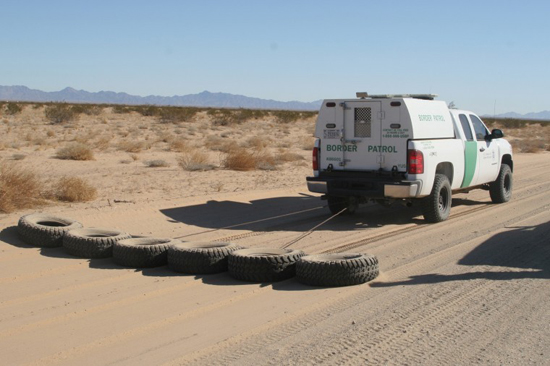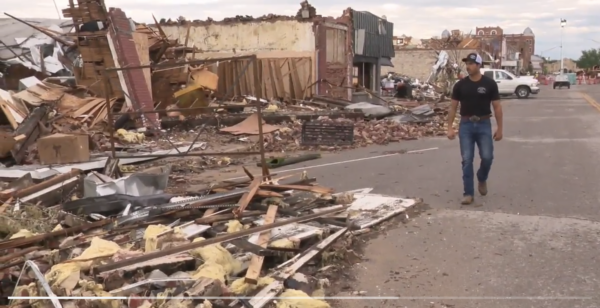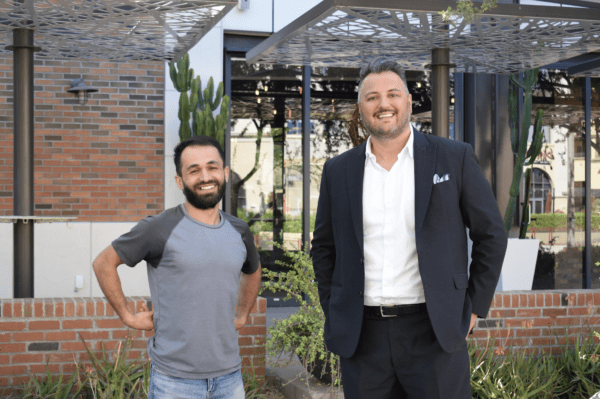
The Associated Press
Once, the barren mesas and shrub-covered canyons that extend east of the Pacific Ocean held the most popular routes for illegal immigrants heading into the U.S. Dozens at a time sprinted to waiting cars or a trolley stop in San Diego, passing border agents who were too busy herding others to give pause.
Now, 20 years after that onslaught, crossing would mean scaling two fences (one topped with coiled razor wire), passing a phalanx of agents and eluding cameras positioned to capture every incursion.
The difference, Homeland Security Secretary Janet Napolitano said on a recent tour, is like “a rocket ship and a horse and buggy.”
In pure numbers it is this: Where border agents made some 530,000 arrests in San Diego in fiscal year 1993, they had fewer than 30,000 in 2012.
There is no simple yardstick to measure border security. And yet, as the debate over immigration reform ramps back up, many will try.
“Secure the border first” has become not just a popular mantra whenever talk turns to reform but a litmus test for many upon which a broader overhaul is contingent.
“We need a responsible, permanent solution” to illegal immigration, U.S. Sen. Marco Rubio, the Florida Republican who is working to develop a reform plan, said in his State of the Union response this month. “But first,” he added, “we must follow through on the broken promises of the past to secure our borders and enforce our laws.”
In fact, the 1,954-mile border with Mexico is more difficult to breach than ever. San Diego is but one example.
Two decades ago, fewer than 4,000 Border Patrol agents manned the entire Southwest border. Today there are 18,500. Some 651 miles of fence have been built, most of that since 2005.
Apprehensions, meantime, have plummeted to levels not seen since the early 1970s — with 356,873 in FY2012. Compare that to 1.2 million apprehensions in 1993, when new strategies began bringing officers and technology to border communities in California, Texas, New Mexico and Arizona. Now sensors have been planted, cameras erected, and drones monitor the borderlands from above.
But for those who live and work in communities along the international boundary, “secure” means different things. In Arizona, ranchers scoff at the idea. In New Mexico, locals worry about what’s heading south in addition to flowing north. And in Texas, residents firmly believe that reform itself would finally help steady the flow of people and drugs.
These places have been transformed. Sealed? No. But as one border mayor asked: “How secure is secure?”
Related: Business owners emerge as vocal force in pro-immigration debate
If you’d like to discuss immigration matters, Brian Bergin, bbergin@roselawgroup.com











